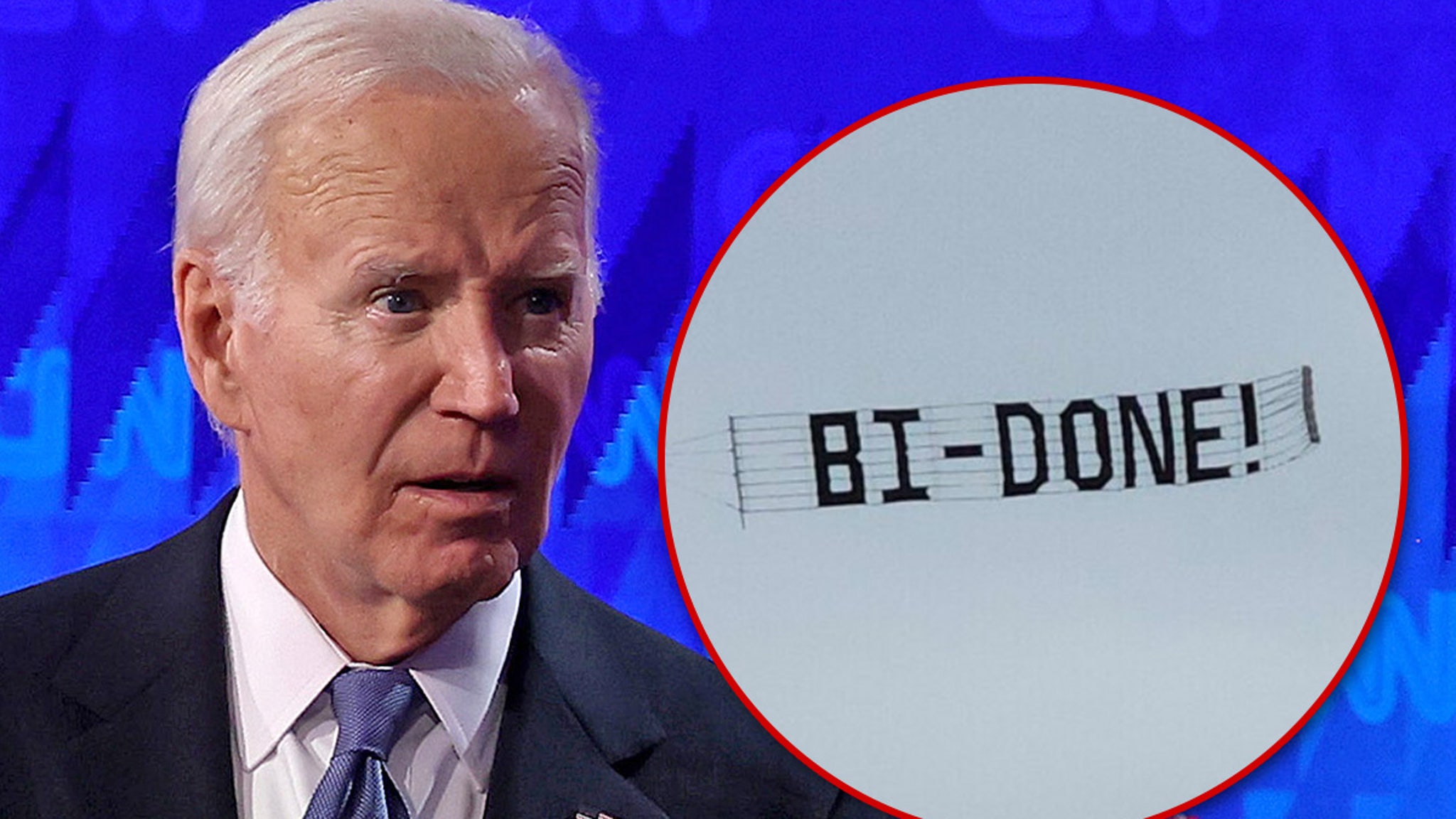Travel
Help! Qatar Airways Denied Us Boarding Because of a Broken Link.

Dear Tripped Up,
I am a single American mother living in Jordan and working for the United Nations. In September 2019, I adopted my then 5-year-old son from China, and promised him we would return to visit his country every year. But the pandemic broke out. When China finally reopened to tourists in 2023, we got visas and booked a July flight to Beijing via Doha on Qatar Airways, paying about $1,400 total. My now 9-year-old had worked hard to maintain his language and was excited, but nervous. At that time, the Chinese government required passengers to fill out a “Health Declaration Form” in advance or upon arrival. The link on the Qatar Airways website was broken, but I confirmed online and with friends who had recently traveled to China that I could fill it out upon arrival. At the airport, Qatar Airways disagreed, and when I once again couldn’t get the form to work, we were denied boarding. My son collapsed on the airport floor, sobbing. I rebooked for the next day, and we flew to Beijing via Istanbul on Royal Jordanian and China Southern for $1,882. Neither airline requested to see the QR code showing my form had been approved: All passengers upon arrival were made to fill out new forms. Qatar Airways mostly refunded the tickets — we received $1,185 — but refused to admit it was wrong. Considering the more expensive last-minute flight and other costs (such as rebooking domestic flights and trains in China) we are out about $930. I believe the airline should provide a flight voucher that compensates us for that amount. Can you help? Elizabeth, Amman, Jordan
Dear Elizabeth,
Your run-in with the complex world of international travel documentation was especially devastating because of the emotional stakes this trip represented for your family. But confusion over documentation leads to denied boarding “thousands of times a day,” said Max Tremaine, the chief executive of Sherpa, a company that maintains a database of international entrance requirements for travelers.
Not to excuse Qatar Airways for what I will charitably call a vigorous over-enforcement of the rules, but those frontline airline workers facing long lines at check-in can have a difficult task, making snap judgments on whether travelers have sufficient documents or not.
Countries all have their own entry rules depending on the passports that travelers hold and where they are coming from, and airlines are fined when they mistakenly allow people to fly. The decision may be straightforward when their customers are an American family with valid passports headed direct from New York to London for a week’s vacation. But travel can be complicated — consider, say, when a Dutch banker is on his way to Bangladesh via Cairo or an Australian trapeze artist with a one-way ticket heads to a performance in Kyrgyzstan through Frankfurt.The pandemic only complicated this complicated system. In your situation, your itinerary had you going through Qatar Airways’ hub in Doha, meaning those behind you in line in Jordan were probably headed to dozens of countries, all with their own rules.
In its responses to your complaints, Qatar Airways cited information from Timatic, a system many international airlines use to track the ever-changing entry and departure rules. One email response read: “At the time of your travel, a QR code for China was mandatory before boarding the flight, and also as per Chinese regulations.”
When I contacted the airline, I got a similar answer in a statement from Craig Thomas, Qatar’s vice president for sales in the Americas. “Passengers traveling to China were required to complete an Online China Customs Health e-Declaration prior to boarding the aircraft,” he wrote, noting that local entry requirements are “often complicated” and that the airline is “committed to assisting our passengers in navigating any issues that may arise.”
But Qatar is incorrect about what Timatic was advising at the time. Timatic is run by the International Air Transport Association, a trade organization better known as I.A.T.A. The group’s assistant director who runs Timatic from the Netherlands, Mahir Sahin, sent me the actual information Qatar Airways’ staff would have been relying on in July 2023:
“Passengers must complete an ‘Exit/Entry Health Declaration Form’ and present a QR code before departure or upon arrival.”
The “or upon arrival” bit applied to your situation, as you discovered on your second itinerary. When I asked Qatar Airways about this apparent oversight on their part and asked if it would change their decision not to reimburse you with the requested credit, they did not respond.
But airlines often act extra carefully around such matters, as they are wary of those government fines if they fly passengers without proper documentation. Timatic holds no official status, said Mr. Sahin. The airline is ultimately responsible.
Mr. Sahin explained an agent’s thinking at the check-in counter: “The agent who is checking you in does not know whether everything that you enter will be accepted by the government.”
Airlines at times still resort to risk management,” he said, “making judgment calls on boarding a passenger, especially in cases where government rules and regulations leave room for interpretation.”
But there are precautions you and other travelers can take to reduce their risk.
International documentation requirements differ, so it is worth reading the country’s own policies as well as the U.S. State Department’s recommendations.
But the best strategy, said Mr. Sahin, is to use the same source that supplies the airline their information on entry requirements. Many international carriers provide online resources powered by data from Timatic (or other suppliers like Sherpa) that allow passengers to read what they read. (Qatar Airways’ Travel Requirements page uses Timatic data.)
You can also check the databases on your own, using this rather awkward but perfectly functional page for Timatic, and this more user-friendly but not necessarily as detailed one for Sherpa.
At the end of the day, though, as you discovered, there is still room for airline agents to interpret, and sometimes misinterpret, the rules. This is especially true when you are connecting through an airline’s hub to a third country and the agent may be unfamiliar with that destination’s immigration procedures.
Even that American family heading to London can theoretically be required to prove they’ve arranged accommodations, according to the British government. Timatic doesn’t mention that in its directives to airlines, and it is, for most travelers, unlikely to happen.
But when Timatic does mention a requirement, travelers should take it seriously even if they find conflicting information elsewhere.
I received an email from a California woman who was denied boarding by Avianca for a trip from Los Angeles via San Salvador and Bogotá, Colombia, to La Paz, Bolivia. In Los Angeles, an Avianca worker did not let her board, telling the traveler she needed passport photos and a copy of recent bank statements. She countered that there is no mention of this requirement on the State Department’s page on entry requirements for Bolivia. But that was the wrong place to look. If she had consulted Avianca’s Timatic-supplied page on travel requirements, she would have seen a requirement passengers must have a passport photo and be able to provide “proof of funds” upon arrival, and “these could be bank statements.”
She rebooked for the next day, got photos and dutifully printed out the bank statements. But you know how the story goes: Bolivian officials asked for neither.
If you need advice about a best-laid travel plan that went awry, send an email to [email protected].




























